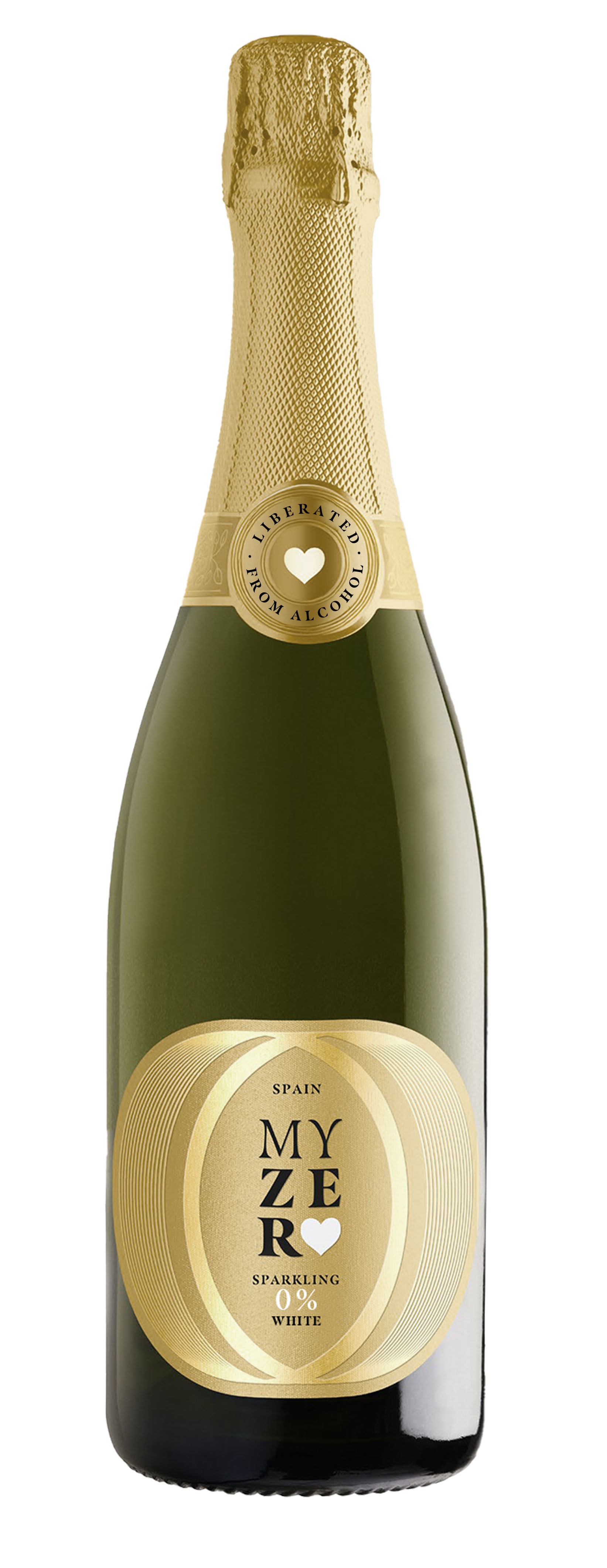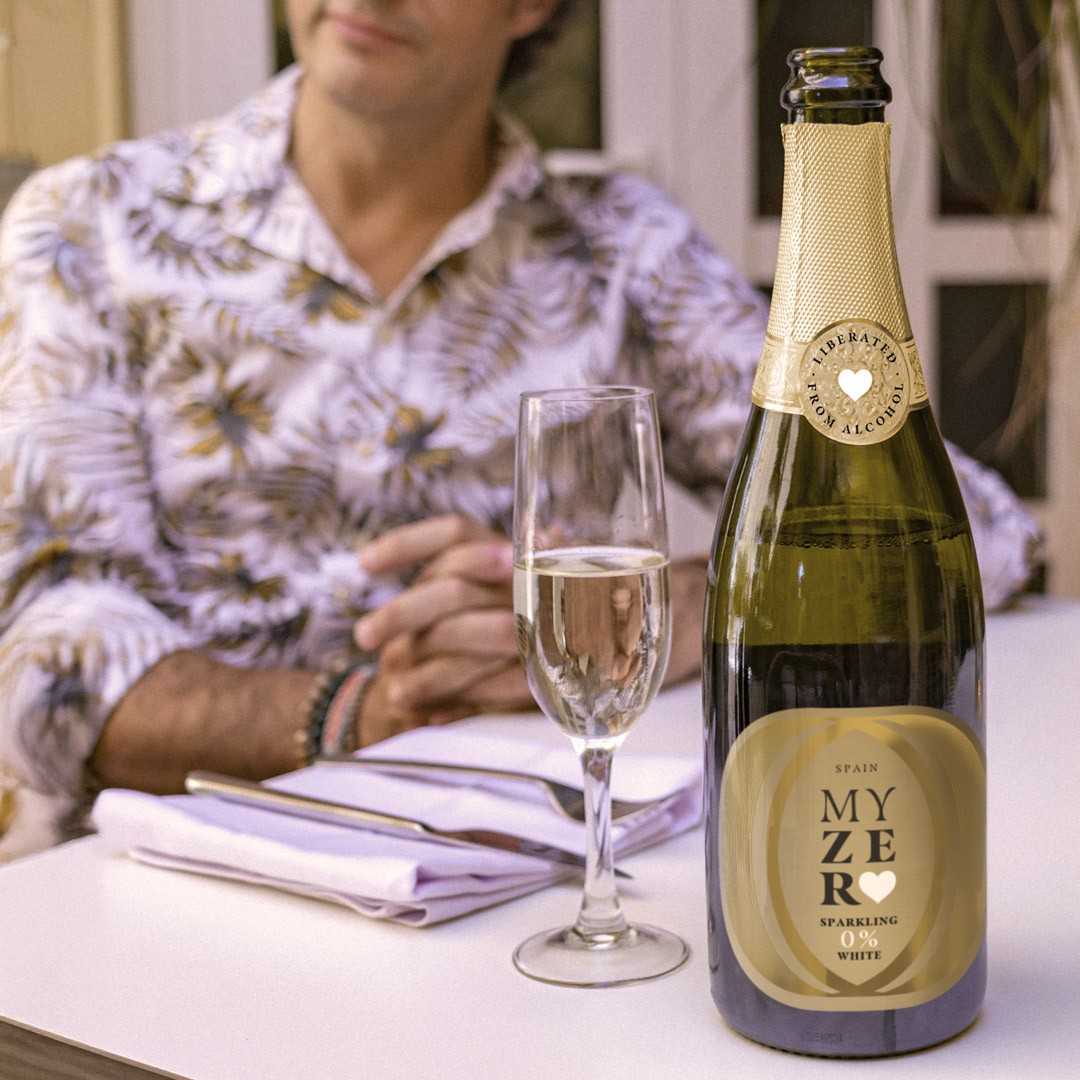

Sparkling wine
Spanish Sparkling Wines: Diversity, Tradition, and Quality
Spain offers a wide variety of sparkling wines, thanks to its native grape varieties, diverse wine regions, and the range of production methods used. From the traditional Cava wines of Catalonia to emerging sparkling wine regions like Castilla-La Mancha and Galicia, the country presents a growing portfolio of styles that are increasingly appreciated around the world.
How Are Sparkling Wines Made in Spain?
The method used to produce Spanish sparkling wines varies by region and winery. However, many producers use the traditional method (also known as the Champenoise method), the same technique used in Champagne, France. This involves a second fermentation in the bottle, followed by riddling and disgorging, the process of removing sediment from the bottle.
Another common technique is the Charmat method, in which the second fermentation occurs in stainless steel tanks. This method is ideal for producing fresh, fruity sparkling wines that emphasize primary aromas.
Main Sparkling Wine Regions in Spain
The most prominent sparkling wine-producing region in Spain is Catalonia, home to Cava, the country’s most internationally recognized sparkling wine. Designations such as Cava, Corpinnat, and Clàssic Penedès include wineries that follow strict standards of quality and sustainability.
However, other regions like Rioja, Aragón, Valencia, Castilla y León, and even Andalusia are producing high-quality sparkling wines that add to the richness and variety of Spain’s sparkling wine landscape.
Classification by Sweetness Level
Spanish sparkling wines are classified according to their residual sugar content after disgorging:
• Brut Nature (less than 3 g/L and no sugar added)
• Extra Brut (up to 6 g/L)
• Brut (up to 12 g/L)
• Extra Seco / Extra Dry (12–17 g/L)
• Seco / Dry (17–32 g/L)
• Semi Seco / Semi Dry (32–50 g/L)
• Dulce / Sweet (more than 50 g/L)
-
 Wine of SpainSparkling wine NOLO Wine
Wine of SpainSparkling wine NOLO Wine -

AVENT Brut Blanc de Blancs
Sparkling wine